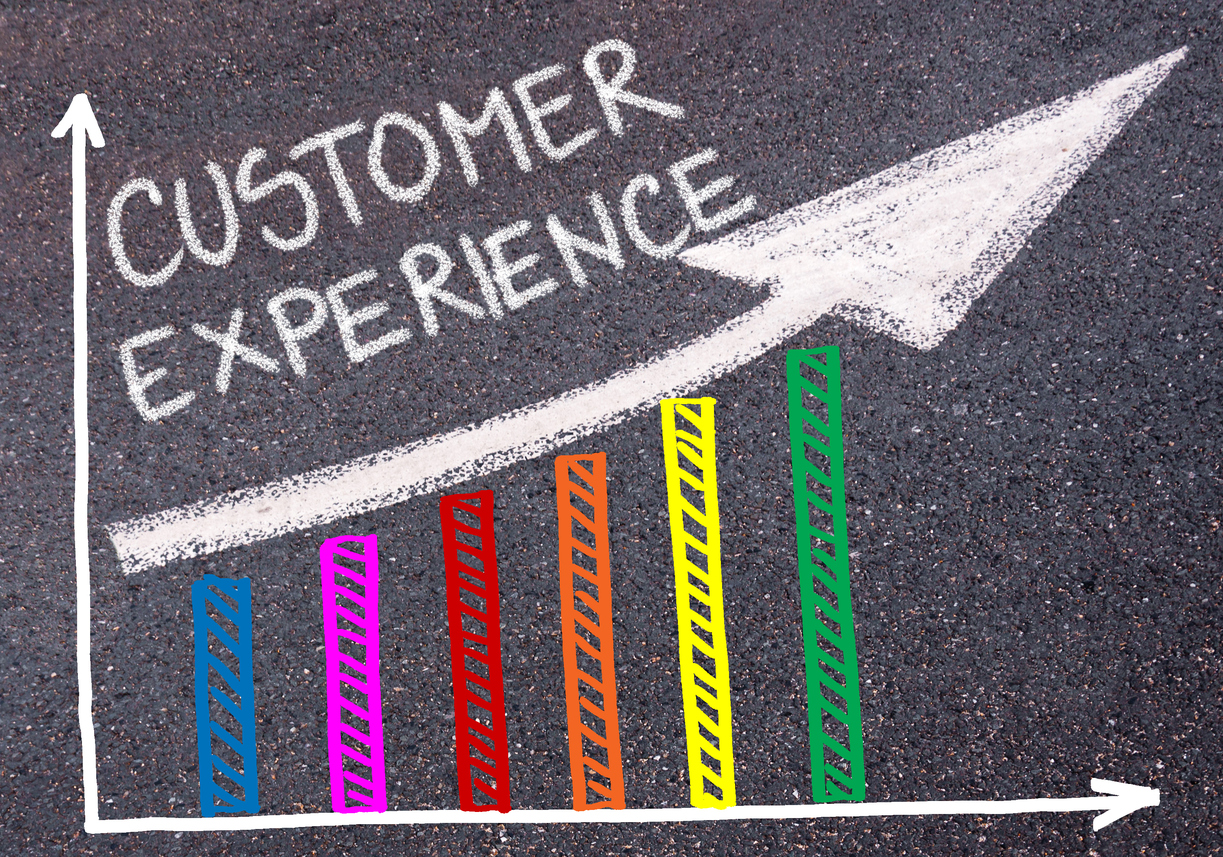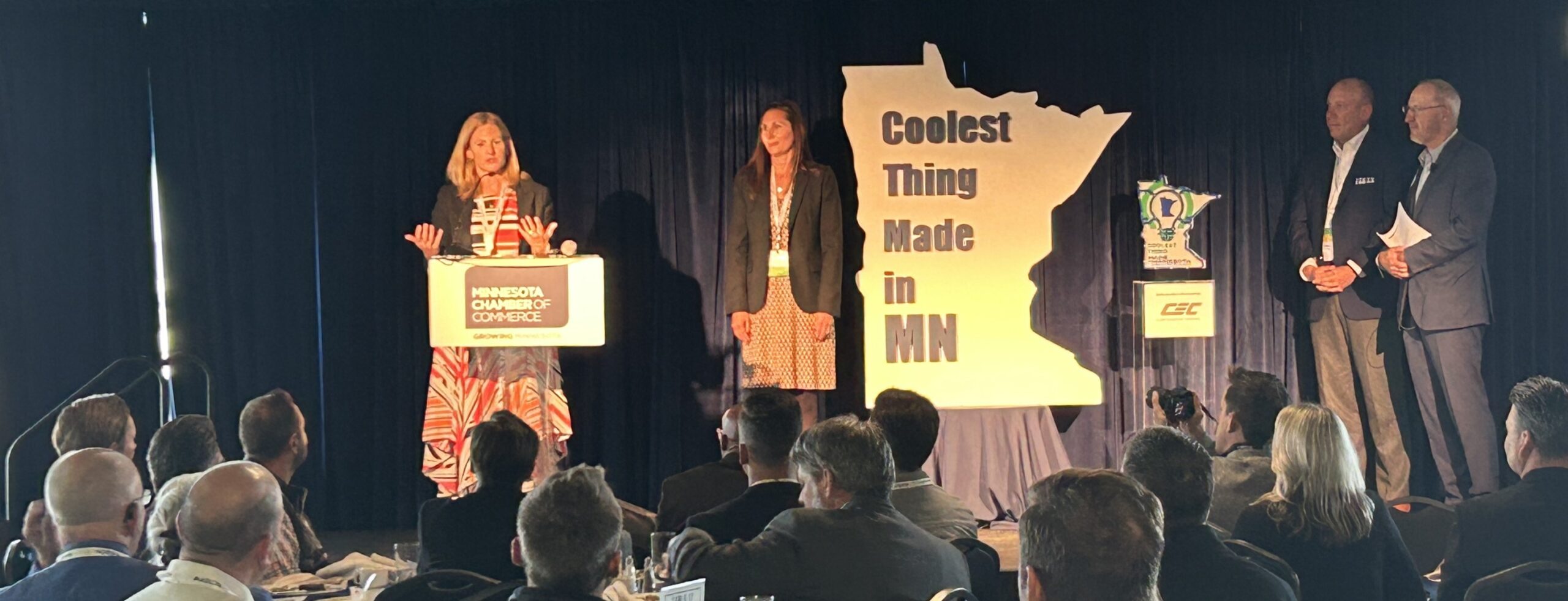The rise of modern marketing has rocked your world, transforming the very nature of how you think and work. The possibilities seem limitless.
So why hasn’t the perception of public relations (PR) evolved beyond media relations and placements?
Don’t worry, you’re not alone. At Inprela, we’re now starting to see business-to-business (B2B) marketers shift their thinking as they come to expect more from their PR experts than just press releases and media coverage.
The new expectation, in part, is for PR to move out of its earned media silo, and instead work in concert with marketing’s demand generation programs to build a sales pipeline. Yes, earned media is still very important, but marketers are realizing their PR team possesses an untapped skill set they need: storytelling.
Since some marketing/demand generation teams tend to focus on numbers, quality content and strong, consistent messaging is getting lost. Marketing teams must restore balance between focusing on the people (customers) as well as the data (measurement). Equally desirable to their storytelling abilities is the disciplined writing style PR professionals possess, which has become valuable in attracting new prospects into the pipeline. This journalistic style of writing shifts the focus from a brand’s perspective to customers’ point of view, offering prospects focused content they can relate to – without feeling like they are being sold to.
When it comes to storytelling, your PR team can develop a narrative that goes beyond demand generation, to create a superior customer experience that impacts the customer journey. Delivering upon audience-centric messaging beyond the demand funnel further increases organizations’ success in driving qualified leads.
This messaging must be infused into the entire customer journey and span across all areas of the organization. Success will be determined by the consistency in which the organization delivers the narrative at every touchpoint and across all platforms. This is where most brands fall flat in integrating PR into the mix: consistently delivering the messaging from PR to marketing to sales to customer service. Without a high level of integration and consistency across the journey, brands lack differentiation, creating a sea of sameness that makes it hard for prospects to know what they should believe about your brand.
“So, just how exactly should I get started with integrating your PR team into the mix?”
Glad you asked. To begin, we need to define a baseline. Let’s assume you’ve deployed a demand generation program. Let’s also assume your company has already shifted its thinking and integrates efforts across the customer journey – marketing, sales, customer service – at least to some extent. It doesn’t need to be perfect to start integrating your PR team.
Step 1: Determine what your business considers PR’s function to be.
If PR is kept in a silo (i.e. valued primarily for earned media coverage), then conduct an assessment that asks:
- Are we open to PR contributing more to the organization?
- Does our current demand generation process have gaps that we can fill by utilizing the PR team’s skill sets?
- Does our PR team believe they have something valuable to contribute?
Don’t be surprised if you run into skeptics and roadblocks. Identify small ways to start involving your PR team to gain wins and build a business case.
Not sure where to start? Keep reading. Step 2 will help immensely.
Step 2: Identify how recently your PR team has connected with your customers. Use customer insights to guide your strategy, set priorities and inform your message/content.
Before you can tell a consistent message in your demand generation program, you need to be able to confidently identify what your story is. Your brand needs a story that is uniquely ownable and believable if the goal is to win more business.
There is tremendous value in having your PR team understand your customer’s greatest needs and how your customers perceive your brand. Enabling the PR team to have direct access to your customers through a voice of customer exercise strengthens their storytelling abilities and adds fuel to your branding – when executed properly, of course.
If your PR team hasn’t been in touch with customers in the last 18-24 months, it’s time to define your goal and make the most out of a voice of customer exercise. If you need to make the business case for the extra time and dollars to set a solid foundation, here’s a few guidelines to follow: How VOC enhances B2B marketing effectiveness.
Use your existing PR budget to fund the effort and position the exercise as a “PR messaging project.” This is an effective way to get yourself into the demand generation process and deliver immense value that gets noticed for all of the right reasons. Just be sure you’re clear on the business objective for this “PR exercise” before you get started. It will impact the questions your PR team asks during customer interviews and ultimately the value you receive from the process.
Step 3: Obtain buy-in at every level of your organization.
Hey, we never promised this was going to be easy, but the most rewarding things rarely are!
Once PR has presented story recommendations based on customer insights, and you’ve solidified how you’re going to measure success, it’s time to get buy-in from business leaders. Executing upon the recommendations consistently is often the hardest part. By identifying what business hurdles you may face, and at every customer touchpoint, you can better prepare for execution and modify your approach. The PR team isn’t the end-all, be-all, but they can provide a critical perspective during discussions.
Step 4: Create a communications process to ensure demand generation teams stay engaged and in sync.
It’s almost time to execute. And the quality of execution is everything. It likely won’t be perfect from Day 1, so you’ll need to maintain regular communication across business functions to work through it. Initially, the team may decide to meet weekly, or even daily. Over time, once a month may be enough. Don’t forget to tune into evolving customer needs as time goes on; your program – and message development – needs to keep pace. Don’t forget to identify how you’ll plan to overcome hurdles in real-time as they arise – and they will.
Step 5: Execute and measure.
As teams execute along the various touchpoints, PR can serve as a second set of eyes to monitor for gaps and inconsistencies in published content. Being free of the traditional silo also means they can implement a more sophisticated PR strategy (comprising earned, owned and paid opportunities) to fill the sales pipeline with high-quality leads. This includes expanding their reach beyond trade media to ensure PR stories are surfaced when and where your prospects spend time online through integrated audience targeting programs.
When it comes to measurement, both the demand generation program and PR program benefit from working together. Demand generation programs goals and successes are typically tied to leads, MQLs and opportunities, which help make PR programs more measurable. PR’s goals are tied to facilitating understanding and strong communication between your brand and its audiences, which help demand generation become more relevant and audience-focused. Both has what the other needs. Together, they make a powerful pair.
In this modern marketing era, the pace of change can be overwhelming. It impacts every aspect of the demand generation process so teams must continually challenge their thinking to stay relevant. It requires marketing firing on all cylinders, and not leaving PR in a silo. Once you tap into these valuable skillsets, you’ll be able to identify other ways to leverage the talent.
P.S. We know this is a lot to process, but is it too early to talk about how PR can also contribute to sales enablement? Stay tuned for my next blog post.
Want to talk more about PR’s role in the demand generation process and customer decision journey? Contact us at connect@inprela.com



